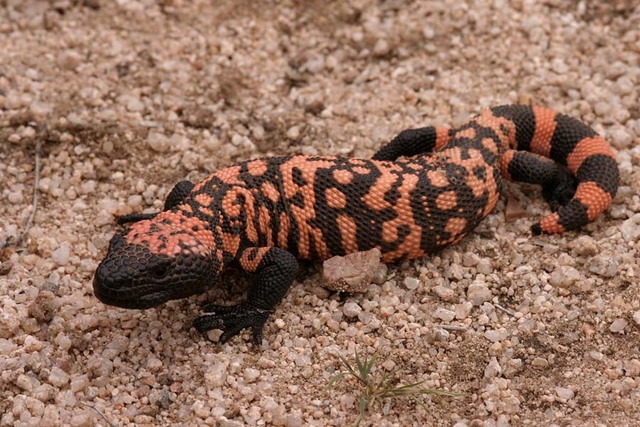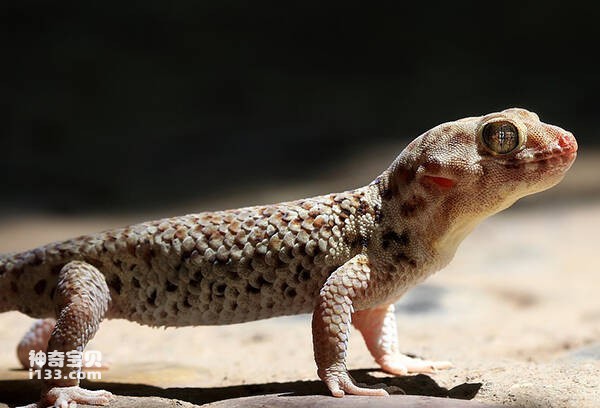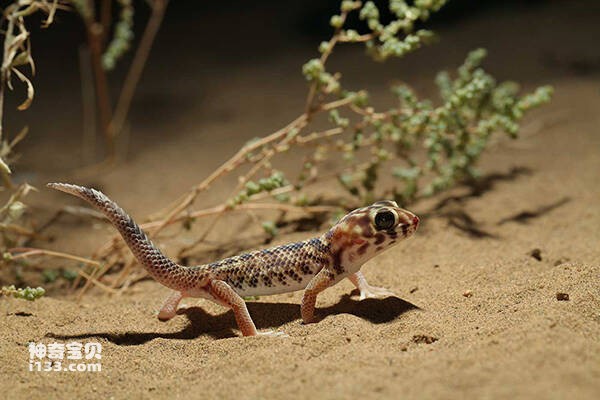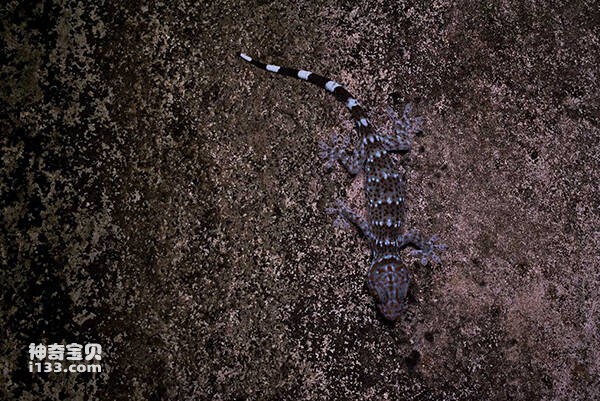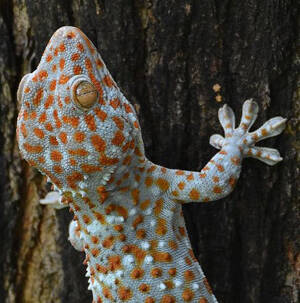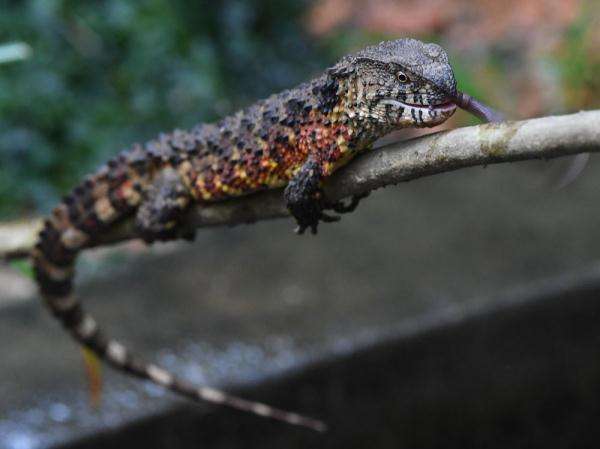Gekko gecko
IUCN
LCBasic Information
Scientific classification
- name:Gekko gecko
- Scientific Name:Gecko,Gekko gecko,Gecko, fairy toad, dog, crab, gecko snake, giant gecko
- Outline:Lizardia
- Family:Lizards Gekkonidae Gekko
Vital signs
- length:More than 30 cm
- Weight:60-100g
- lifetime:About 12 years
Feature
Hearing is strong, but vision is poor during the day, afraid of strong light stimulation
Distribution and Habitat
Origin: Bangladesh, Bhutan, Cambodia, China, India, Indonesia, Laos, Malaysia, Myanmar, Nepal, Philippines, Thailand, East Timor and Vietnam.
Introduced: Guadeloupe, Hong Kong, Madagascar, Martinique, Singapore, United States (Florida and Hawaiian Islands).
Suspected existence and introduction: Belize.
Origin unknown: Taiwan Province, China
Existence uncertain: Guangxi, China.
Existence uncertain and origin uncertain: China (Fujian, Guangdong, Guizhou, Tibet and Yunnan).
It lives in rock crevices, caves or tree holes in mountains or wilderness, and sometimes also near the eaves and walls of people's houses. In Guangxi, China, it mainly lives in stone mountains composed of subtropical limestone, with short trees and water sources for drinking on the mountains, and the annual average temperature is above 20℃. There are three types of habitats in Yunnan: one is in tree holes, the second is in house environments, and the third is in karst landform stone mountain crac
Appearance
The total length of an adult gecko can reach 30 cm. The tail is equal to or slightly longer than the head and body length. It is the largest gecko. The back is brick gray, densely covered with orange-yellow and blue-gray spots, and the tail has dark and light rings; the ventral surface is grayish white with pink spots. The head is large and slightly triangular, the trunk is flat dorsally and ventrally, and the whole body is covered with fine granular scales, which are interspersed with larger warty scales in vertical rows; the ventral scales are larger and slightly hexagonal. The limbs are of moderate length, the fingers and toes are flat, and there is a single row of skin folds underneath; except for the first finger and toe, all have small claws, and there are only webbing marks between the fingers and toes. The male has more than 20 preanal holes. The snout scales do not connect to the nostrils. The body is large, and the total length can reach more than 30 cm. There are about 12-14
Details
The foreign name of the gecko is Gecko, and there are 2 subspecies.
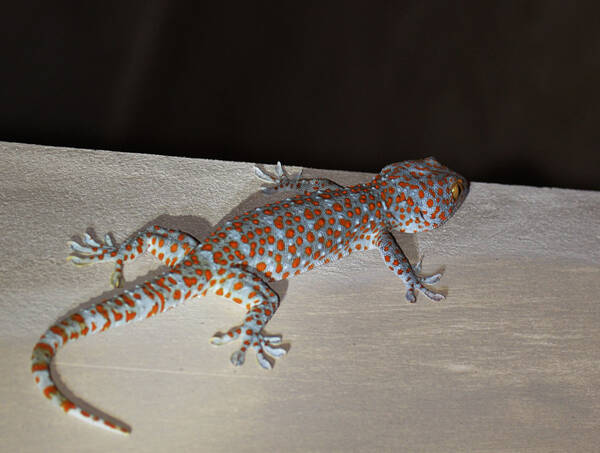
The gecko is usually active from March to November, and hibernates deep in the cracks of rocks from December to January of the following year. It has strong hearing, but poor vision during the day. It is afraid of strong light stimulation, and its pupils are often closed into a vertical slit. When it comes out to move and forage at night, its pupils can expand about 4 times, its vision is enhanced, and its clever tongue can be extended out of its mouth to occasionally lick the dust on the surface of its eyes. It is agile in movement. When crawling, its head leaves the ground, and the back of its body moves forward with its limbs twisting left and right alternately. The soles of its feet have strong adsorption ability, and it can crawl freely on the wall. It was originally believed that it had suction cups under its feet, but in fact, the enlarged foot pads at the end of its toes are not suction cups, but rows of bundles of micro-villi like velvet on the foot pads and scales under the toes, like small curved hooks, so it can easily grasp objects and crawl on walls and even glass. The secretions of the glands at the top of the micro-villi can also enhance its adsorption ability.
The gecko's tail is easy to break, but it can regenerate. This is because there is a smooth joint surface in the coccyx that connects the front and back halves of the coccyx. The muscles, skin, and scales in this area are relatively thin and loose, so when the tail is attacked, it can swing its body violently, and through the strong contraction of the tail muscles, the coccyx breaks at the joint surface, so as to escape from the enemy. Since the tail stores energy in the form of glycogen rather than simply in the form of fat, and glycogen is easier to release energy, the nerves and muscles of the tail that has just been broken have not died immediately, and will trigger a reflex arc, causing the tail to tremble on the ground, which can divert the attention of natural enemies. Therefore, there is an absurd saying among the people that the broken tail of the gecko will drill into the ear of a person. After the tail is cut off, the wound on the self-mutilated surface will heal quickly, forming a tail bud base, which will go through a period of cell division and growth, and then enter the differentiation stage of forming scales, and finally grow a brand new regenerated tail, but it is shorter and thicker than the original tail. However, the gecko will only cut off its tail when it has no choice, because cutting off the tail is a serious injury to its body. Not only will it lose the fat stored in the tail, but it will also lose its status among its peers. Especially when courting, the gecko with a complete tail has a great advantage over the gecko without a tail.

The food of geckos is mainly various active insects, including mole crickets, grasshoppers, moths, cicadas, mealworms and silkworms. Geckos do not eat dead insects and food, but they can be released after artificial domestication. In the process of artificial breeding of geckos, animal insects should be the main and plant insects should be the auxiliary principle, otherwise it is easy to cause malnutrition and disease in geckos.
In 2017, the giant gecko was a common species throughout most of its range. Although wild populations are generally stable worldwide, the species is considered less common in urban areas of Thailand than it was historically. It remains common and widespread in the Philippines, despite a brief collection boom 3 to 6 years ago in 2017. The species is usually abundant at low altitudes in Indonesia. Global population trends are unknown; while disturbance is increasing the availability of suitable habitat, the species is also under increasing trapping pressure. Dang et al. in 2007 estimated a population decline of up to 20% in Vietnam during the period 1980-2000 based on expert opinion. It is the dominant species in the Sunderbans. In China, the species appears to be rare and declining throughout its range.
The number of Chinese giant geckos has decreased sharply and is almost exhausted. Because they are used in traditional Chinese medicine, the geckos are captured in large numbers, the production has dropped sharply, and the price has risen sharply, which has stimulated the public to hunt them, leading to their depletion. In addition, the destruction of the natural environment and the gradual reduction of the habitat of the geckos are also important factors affecting their decline. Although research on artificial domestication and breeding has begun since the 1950s, the scale is very small, and the problems of feed and breeding have not been well solved. It is difficult to say that it has been successful, let alone large-scale production to meet market needs.
Listed in the "Red List of Threatened Species of the World Conservation Union" (IUCN) 2017 ver3.1-Least Concern (LC).
Listed in Appendix I, II and III of the Convention on International Trade in Endangered Species of Wild Fauna and Flora (CITES) 2019 Edition Appendix II.
Listed in the second level of the List of Nationally Protected Wildlife in China.
Protect wildlife and eliminate game.
Maintaining ecological balance is everyone's responsibility!

